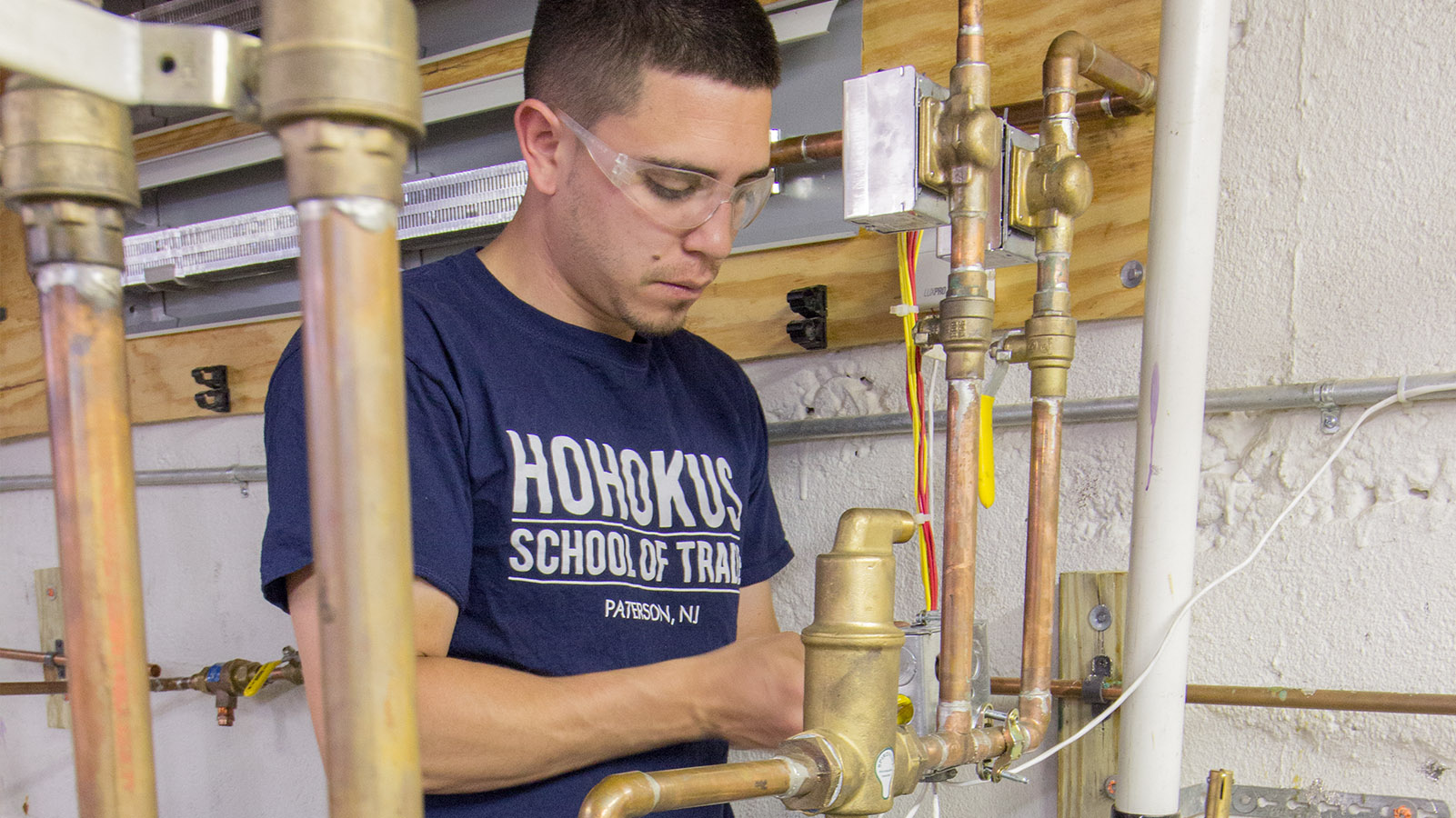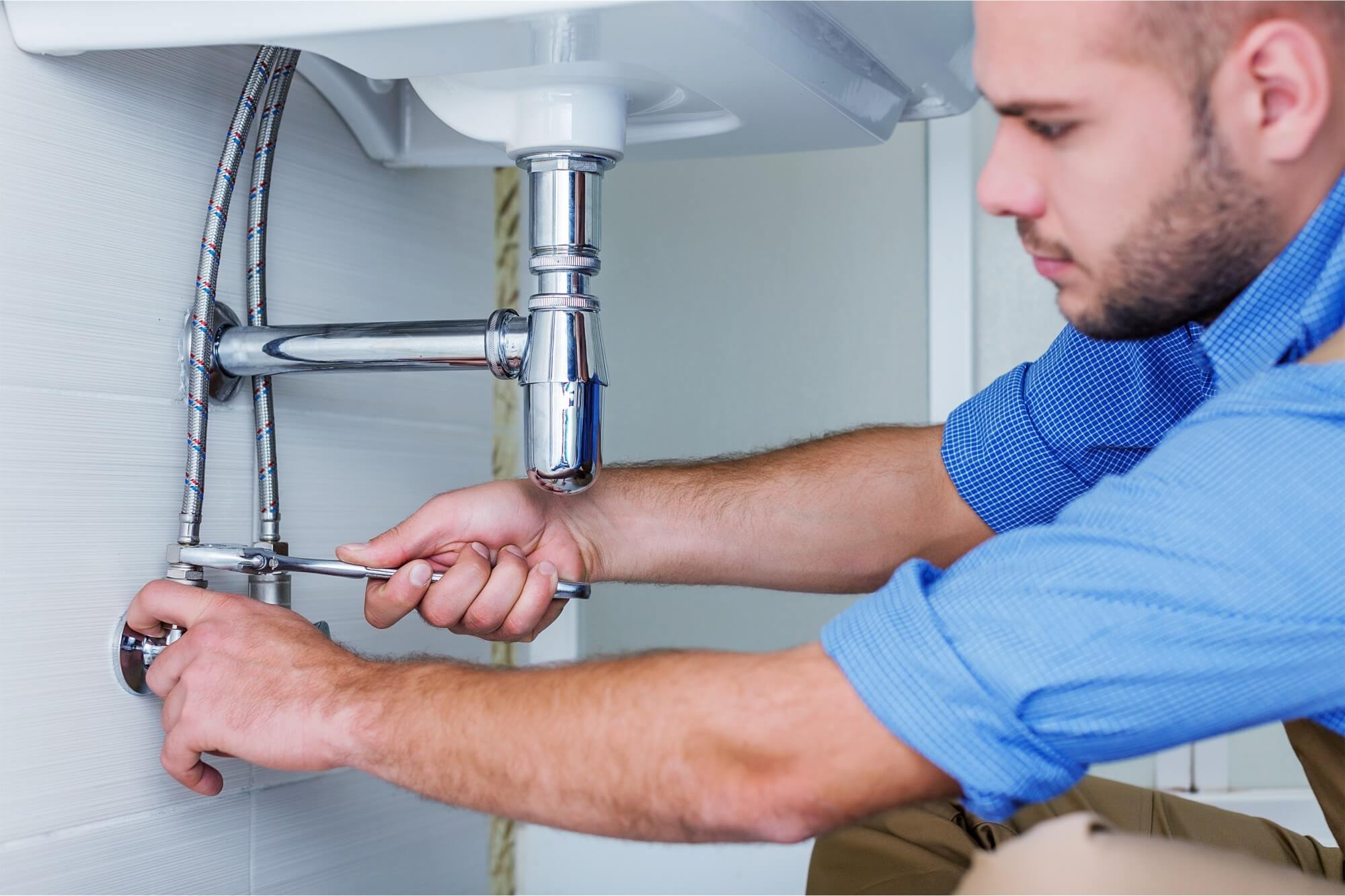Important Plumbing Alabaster AL Tips for Homeowners
Important Plumbing Alabaster AL Tips for Homeowners
Blog Article
A Detailed Guide to Effective Hot Water Heater Setup for Ideal Performance
Beginning on the job of mounting a water heating unit is a venture that demands accuracy and a methodical strategy for achieving optimum performance. As you continue, the details of linking water supply lines and establishing up reliable electric or gas links await, appealing understandings right into ensuring effectiveness and dependability.
Choosing the Right Water Heating System

Following, consider the size and capability of the hot water heater. It's vital to evaluate your family's hot water demands, which can vary based upon the number of residents and their usage patterns. An unit that's also small might result in insufficient warm water, while an extra-large model might lead to unnecessary power consumption.
Effectiveness rankings additionally play an essential function in selection. Seek water heating units with high Power Aspect (EF) scores, suggesting exceptional efficiency and minimized power use. Tankless models, though usually more expensive ahead of time, offer significant energy cost savings with time due to their on-demand home heating abilities.
Preparing the Setup Area
Prior to setting up a brand-new water heating unit, thorough prep work of the setup location is necessary. This guarantees a smooth installment process and helps protect against future difficulties (Drain Cleaning Alabaster AL). Begin by selecting an appropriate place that conforms with local building ordinance and safety requirements. The location needs to be completely dry, well-ventilated, and easily accessible for maintenance. It's essential to measure the room thoroughly to accommodate the hot water heater's measurements, ensuring adequate clearance around the unit for efficient operation and servicing.
Following, get rid of any kind of debris, dirt, or obstructions from the site to create a clean setting. Examine the flooring for security, as the hot water heater will need a strong, level surface to run efficiently. If essential, mount a drip pan beneath the system to capture potential leakages or spills, avoiding water damage to the surrounding area. In regions prone to seismic activity, consider installing seismic straps to secure the heating system strongly in position.
Furthermore, guarantee that all required tools and products get on hand before commencing the installment. This consists of products such as wrenches, screwdrivers, a level, and any kind of extra hardware needed for placing and protecting the heating system. A well-prepared installment area sets the structure for a successful hot water heater arrangement, enhancing efficiency and safety.
Connecting Water System Lines
When linking water supply lines to your freshly installed hot water heater, it is essential to make sure that all connections are leak-free and protected to maintain effective procedure and stop water damage. Begin by determining the warm and chilly water supply lines. The chilly water inlet is generally noted with a blue label or a "C", while the hot water outlet is noted with a red label or an "H".
Usage flexible water heating system connectors to promote a simpler installment process. These ports can soak up resonance and permit small activity, reducing the danger of leakages. Before connecting the adapters, place a plumbing professional's tape around the threaded ends of the water heating unit's inlet and electrical outlet pipes - Water Heater installation Alabaster AL. This tape acts as a sealant, protecting against leakages. Carefully link the adaptable tubes to the respective inlet and outlet, making sure that they are not over-tightened but tight, which might harm the strings.
Once links remain in area, gradually switch on the main supply of water valve. Examine each connection for leaks by visually checking and really feeling for dampness. Tighten home up links as necessary, and guarantee the stress alleviation shutoff is correctly installed, safeguarding versus too much stress build-up.
Setting Up Electric or Gas Links
Effectively establishing up the electrical or gas connections for your hot water heater is an essential step to make certain effective and safe operation. For electric hot water heater, begin by verifying that the electric circuit is compatible with the heater's voltage and amperage requirements. Guarantee the power supply is shut off at the circuit breaker to stop crashes. Attach the electrical wires to the heating system complying with the producer's electrical wiring diagram. Commonly, this entails linking the ground wire to the environment-friendly terminal, and the staying wires to their equivalent terminals, protecting each with wire nuts.
For gas water heaters, security is paramount. Link the gas line to the water heating system using an adaptable gas connector, ensuring it is effectively threaded and sealed with pipe joint substance or Teflon tape ideal for gas links.
Once connections are made, evaluate for any prospective leakages. For gas lines, use a soapy water service to the joints; bubbles suggest a leak. For electric links, confirm that all circuitry is secure and appropriately insulated, keeping compliance with regional electric codes.
Changing and checking for Performance
With the electrical and gas links safely in place, the next step is assessing the operational effectiveness of your hot water heater. Begin by carefully activating the supply of water and making sure there are no leaks at any of the shutoffs or joints. When validated, continue to load the container, taking note of the pressure and temperature setups. It is suggested to establish the thermostat to a suggested temperature level of around 120 ° F(49 ° C) to stabilize power efficiency and comfort.
Following, execute a thorough inspection to make certain the home heating aspects or burner are functioning correctly. For electrical heating systems, make use of a multimeter to confirm if the elements are drawing the ideal present. In gas models, observe the heater flame; it should be blue and steady, suggesting efficient burning.
Readjust the settings as essential to remove inefficiencies. Consider carrying out insulation steps, such as including a water heating unit covering, to even more enhance performance by minimizing warm loss. Additionally, examine the anode rod's problem, as a scrubby pole can decrease performance and you could try these out result in storage tank deterioration.
Final Thought
Efficient water heater installation is essential for guaranteeing ideal performance and energy savings. Securely connecting water supply lines and thoroughly setting up electrical or gas connections minimize possible concerns.

Correctly setting up the electric or gas links for your water heating system is a crucial step to ensure safe and effective procedure. For electrical water heating units, start by validating that the electric circuit is suitable with the heating system's voltage and amperage needs. Attach the gas line to the water heater utilizing a versatile gas port, ensuring it is correctly threaded and sealed with pipe joint substance or Teflon tape suitable for gas connections.
Report this page